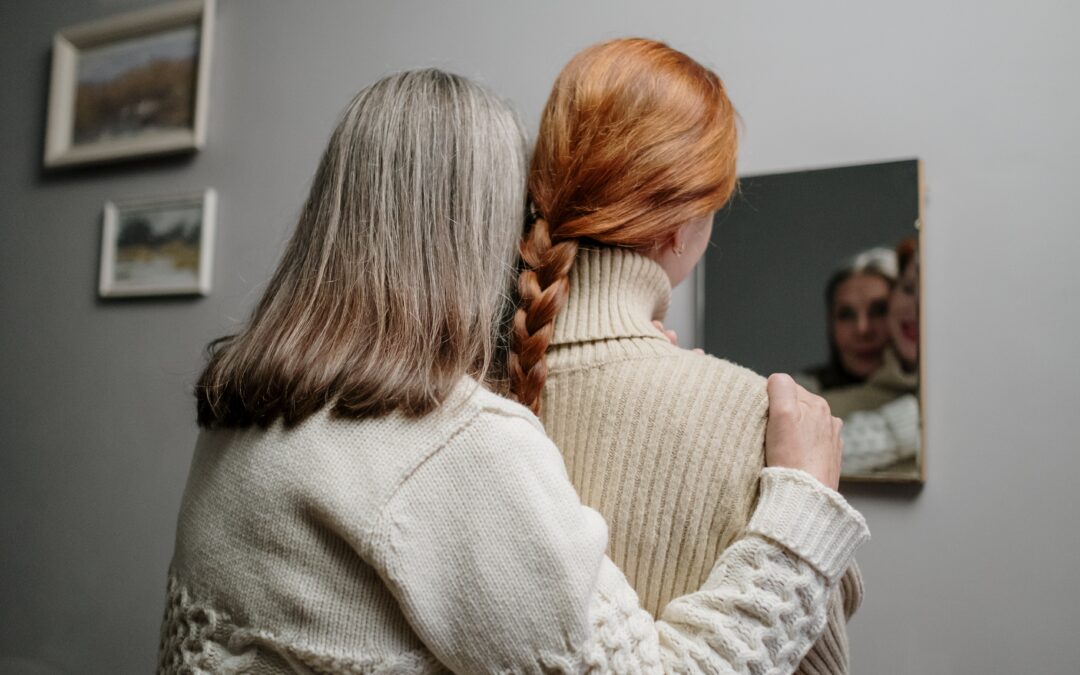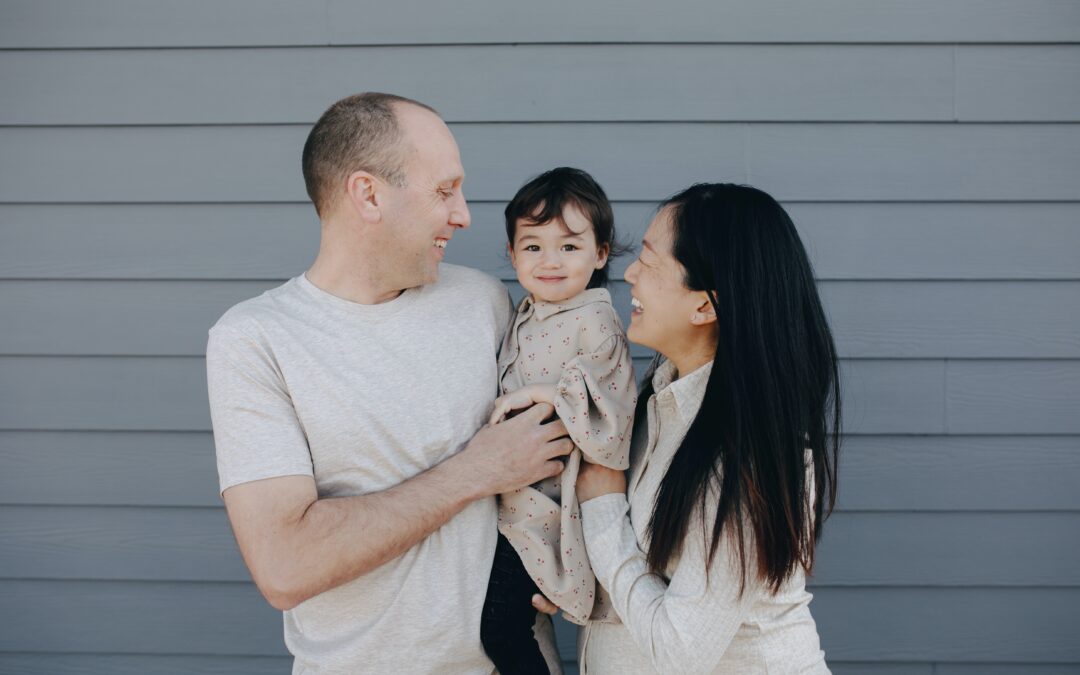This year’s State of Our Unions report from the National Marriage Project and the Wheatley Institution asks, “is marrying later always better?” Contesting the long-held assumption that young marriages are always doomed to failure, the authors set out to “build a case for greater cultural acceptance” of those who marry in their early twenties in what are known as “cornerstone” marriages, which begin prior to the establishment of careers and homes. Advocates for marriage as traditionally understood will find evidence that cornerstone marriages are comparable to “capstone” marriages in terms of quality and stability. They will also be happy to learn that today’s cornerstone marriages are not as risky, and perhaps even more beneficial to society, than they may have been in previous generations.
Today’s Marriage Un-readiness
The authors note that there is a lack of research comparing the outcomes of cornerstone and capstone marriages to back up the cultural assumption that later is better. “Rather than anchoring a young adult life in a foundation of marital commitment and shared life-building with a spouse,” the authors write, “emerging adults first set out to check off a set of tasks and personal achievements before entering the institution of marriage.” Young people’s hesitancy is not unfounded – the wide acceptance of capstone marriages today is a response to the modern economy. In order to be settled, you must own a home. To own a home, you must have a job. To have a job, you must be educated. For many young people, these are basic achievements that signal “I’m an adult” for whom marriage is an option, following the logic of parents and grandparents who were able to attain such milestones in an economy with abundant entry-level jobs and a lower cost of living. For their children and grandchildren, “coming of age” takes much longer. Add to the economic pressure a culture of self-focus and sexual license, and you have a large number of young adults dissuaded from tying the knot.
Comparing Marital Outcomes
To compare the marital outcomes of cornerstone and capstone marriages, early- and later-married men and women were asked to report on sexual satisfaction, conflict resolution, marital stability, and relationship satisfaction. Overall, there were few major demographic differences between the early-married and later-married samples, particularly in terms of religious and civic engagement, or family-of-origin experiences including familial divorce. Despite early-married individuals’ more conservative bent and lower levels of education, they reported over ten percent more sexual satisfaction in marriage than did later-marrieds. Though early-married men reported slightly less confidence in conflict resolution (by only a couple percentage points) and along with early-married women reported slightly less marital stability, both reported more relationship satisfaction than later-marrieds – this was statistically significant among early-married men, who reported ten percent higher than did later-married men.
The Benefits of Early Marriage
Those who defend traditional marriage should heed the authors’ insight that young people who marry in their early twenties do so “because they want to, not because they have to.” Today, women have greater leeway when it comes to workforce participation, and there are few if no universal social norms dictating that women must get married. As much as our culture makes it difficult for young people to form families, it seems that those who truly want to get married do so by their own volition, against the expectations of the broader culture. For all the doubts cast over some couples’ decisions to marry early, the authors observe that “for many, marriage can be the solid cornerstone on which to frame together the walls and windows and rooms of a meaningful life for the couple and their children.” The advantage of an early marriage is that couples can forge a shared identity early on to their benefit and that of their growing family, while marrying later can mean having to buck one’s long-developed expectations for oneself amidst the realities of a lifelong union. As the authors put it, fostering a “we-dentity” is as important to marriage as having individual identities.
Bolstering Cornerstone Marriages
To build a case for greater cultural acceptance of marriage as an institution, we should support young marriages as much as possible. This means responding to young peoples’ queries, offering constructive, practical advice with regard to dating and marriage. Young people need not only data showing that cornerstone marriages are often beneficial in the long run (whatever their immediate trade-offs), but true mentorship which is attentive to their hopes, dreams, and fears. Young people want help discerning whether a relationship is healthy, whether it has potential, and what they must do to prepare for marriage while living as a single person. If we tailor our guidance according to the idea that marriage need not be the cherry atop tiers of personal achievement, young people will have much greater confidence in making decisions for themselves to embark on one of the greatest journeys a man and woman can make together.







